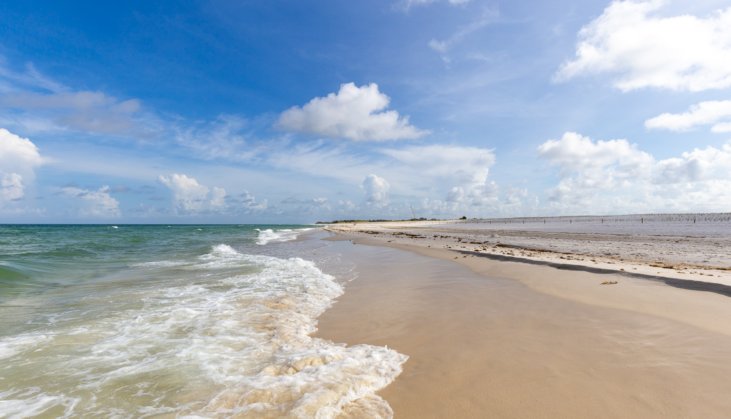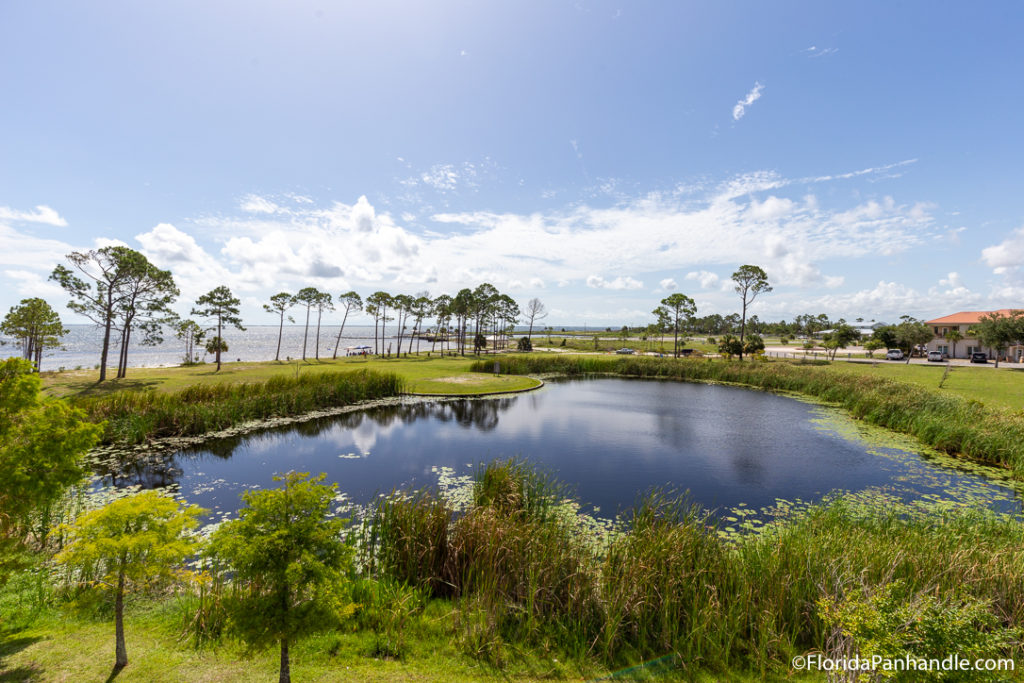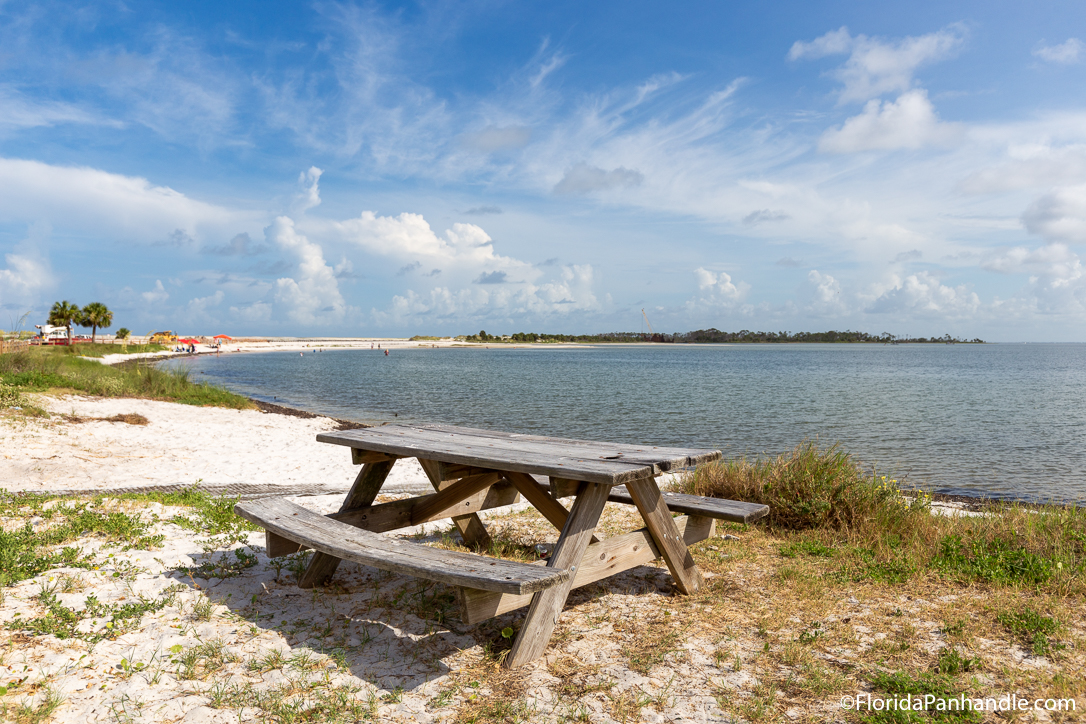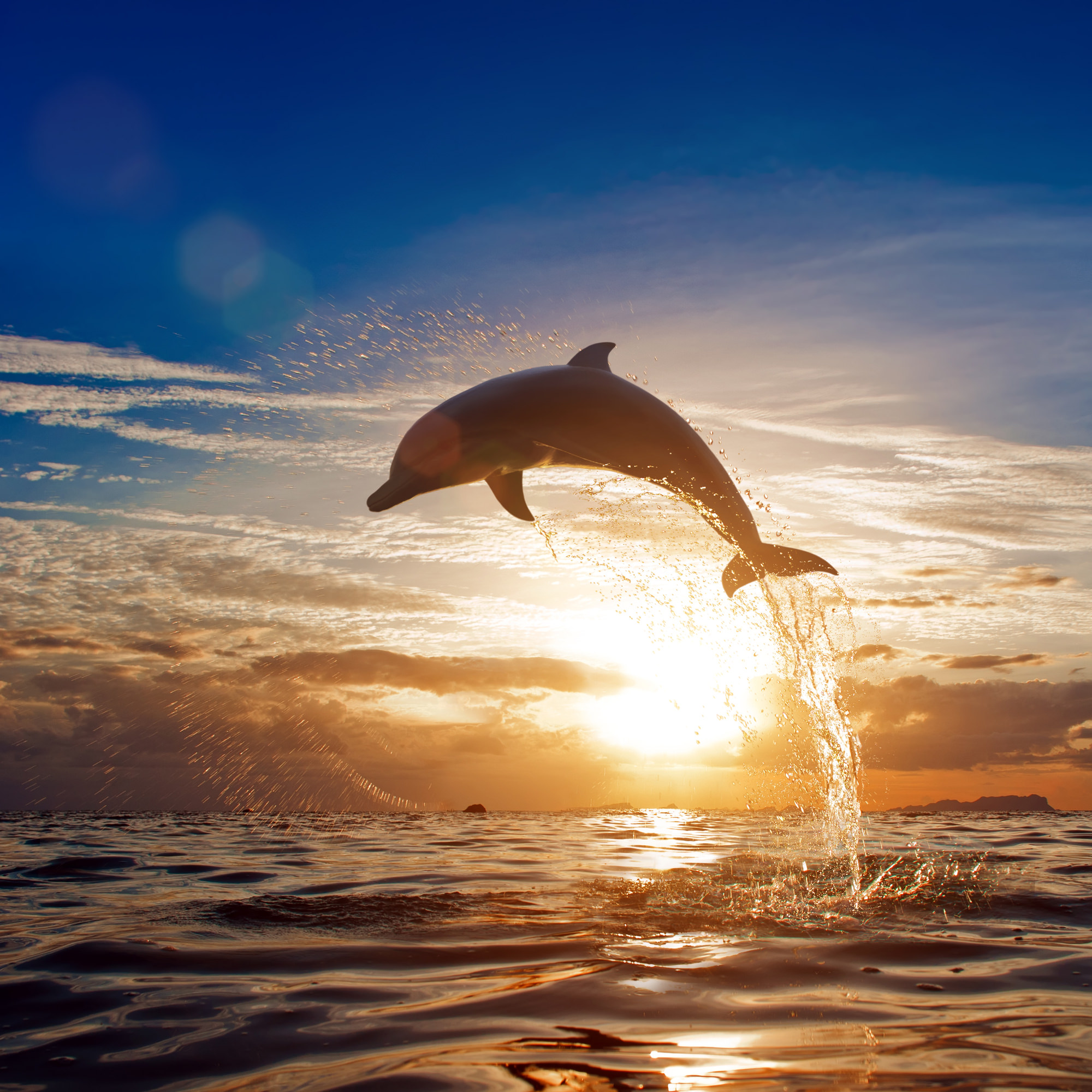Part of the Florida Panhandle’s marvelous “Forgotten Coast,” Cape San Blas and the St. Joseph Peninsula form a sandy sliver enclosing St. Joseph Bay. Not so well known as many parts of the Panhandle—or the rest of the Sunshine State, for that matter—this stretch of white-sand beaches and lapping surf is a best-kept-secret kind of destination.
Whether you’re here to lounge on the beaches, take a dip, indulge in some of the world’s finest sportfishing, or maybe take a sunset horseback ride along the sands, the Cape San Blas area is definitely a year-round destination. In this article, we’ll run through the barebones of the Forgotten Coast’s weather and climate, hopefully helping you iron down when you want to come partake of this Panhandle seaboard’s magic.
Overall Weather Picture in the Cape San Blas Area

Like the rest of Florida, Cape San Blas and the Forgotten Coast enjoy a much balmier climate than most of the United States. After all, average high temperatures here are always north of 60 degrees Fahrenheit, and sub-freezing conditions are uncommon.
It’s no surprise that many snowbirds and vacationers from more northerly parts of the U.S. come here in the wintertime. But even in summer, the moderating influence of the Gulf of Mexico keeps average conditions around Cape San Blas more comfortable than a lot of other places in the eastern U.S., prone to mugginess and heatwaves.
Roughly speaking, Florida doesn’t really have a four-season climate. It alternates between the summer wet season and the winter dry season. That pattern is more pronounced the farther south you go down the peninsula—all the way to the downright tropical conditions of far South Florida.
In the Florida Panhandle, including the Forgotten Coast, there’s an overall maximum of precipitation in the summer and an overall minimum in the winter. But the Panhandle—one of the wettest parts of the Sunshine State, along with the southeastern coast—is more prone to wintertime cold fronts that’ll generate rainfall, including deluges drawing moisture from the Gulf.
That pattern’s pronounced enough that the Florida Panhandle, uniquely compared to the rest of the state, can be thought of as having two “wet” seasons: a winter one—stretching between early November and early April, with plenty of dry spells interspersed—and a summer one.
Winter cold fronts can definitely nudge temperatures down into chilly territory on the Forgotten Coast. Fog also sometimes forms here as humid Gulf air moves over the chilly land, particularly overnight and in the early morning.
Summer rains on the Forgotten Coast are usually associated with the thunderstorms that chronically form amid all the hot, moist air coming together over Florida from the Gulf and the Atlantic.
Summer and early fall also mark hurricane season for Florida. Although a given spot may go without these tropical storms for many decades, the northwestern coast of the Sunshine State has tended to receive the most hurricane landfalls, so it’s something to be aware of certainly.
Month-by-Month Weather
Here’s a rough breakdown of average temperatures (in degrees Fahrenheit) in the Cape San Blas vicinity across the 12 months of the year.
January
High: 62
Low: 44
February
High: 67
Low: 53
March
High: 73
Low: 55
April
High: 76
Low: 58
May
High: 79
Low: 62
June
High: 85
Low: 71
July
High: 87
Low: 73
August
High: 88
Low: 75
September
High: 86
Low: 72
October
High: 83
Low: 66
November
High: 75
Low: 58
December
High: 66
Low: 48
Now, how about water temperatures? After all, many come to the Forgotten Coast (and the rest of the Florida Panhandle) to take a dip in the Gulf of Mexico. Nearshore winter water temperatures are definitely on the chilly end of things: usually in the 50s and 60s between November and March. From April through October, they’re usually ranging between the 70s and 80s.
Best Time to Visit

Here’s the good news, just to make trip-planning that much more simple: There’s not a bad time to visit Cape San Blas and the Forgotten Coast. If you want to swim and snorkel, the depths of winter aren’t a great time to come. But with the proper layers, that season can be a wonderful time to kick back on the less-crowded beachfront.
Those interesting in sportfishing, seem to find opportunities of one kind or another year-round.
Especially in summer and fall, beachgoers in the Cape San Blas vicinity should be wary of thunderstorms: Lightning’s nothing to mess around with!
All things considered, you can have an amazing time along Cape San Blas, the St. Joseph Peninsula, and that extraordinary bay at any corner of the calendar!




